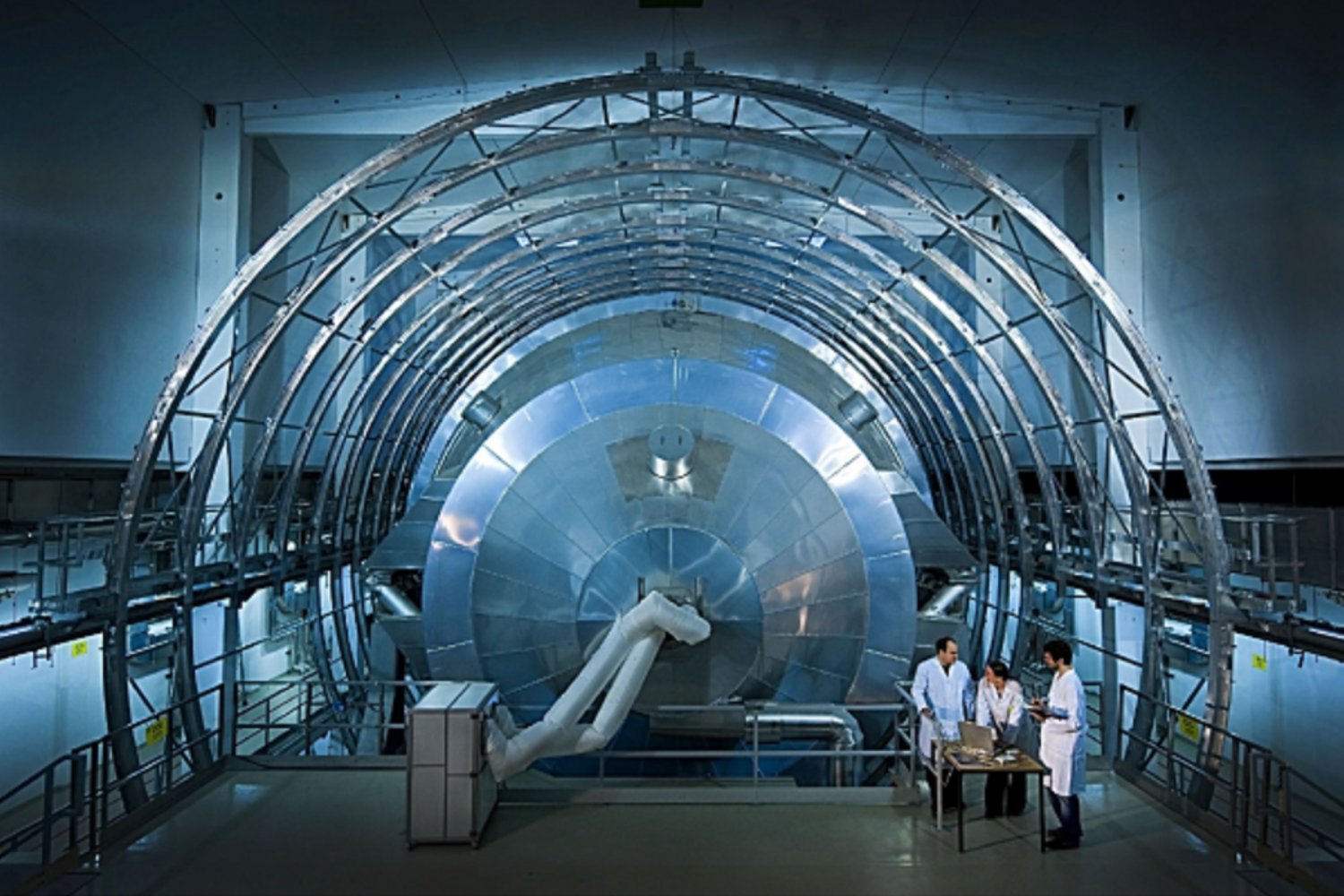Physicists have established a new boundary on the size of the elusive neutrino, one of the universe’s smallest known particles, with a limit that makes other subatomic particles appear enormous in comparison.
In a recent study published in Science, researchers have set a new upper limit on the mass of this tiny particle: no more than 0.45 electron volts (eV). To put this into perspective, this is less than one-millionth the mass of an electron, which has a mass of 511,000 eV. This highlights just how extremely lightweight neutrinos are.
Every second, trillions of neutrinos pass through the human body, yet they are so small and interact so weakly that their presence goes unnoticed.
Neutrinos are the only known elementary particles whose mass remains unknown, although questions remain about how well these particles align with the Standard Model. Determining the neutrino’s mass with precision could provide profound insights into the universe’s fundamental laws. The question remains whether neutrinos acquire their mass from the Higgs boson, as other particles do, or if there is an entirely new mechanism at play.
The Karlsruhe Tritium Neutrino Experiment, or KATRIN, has been instrumental in this pursuit. This 75-foot-long (23-meter-long) blimp-shaped vacuum chamber is used to monitor the radioactive decay of tritium. As tritium decays, it emits electrons and antineutrinos. Although the antineutrinos themselves cannot be directly measured (as they pass through matter undetected), researchers can study the energy of the leftover electrons to make inferences about the mass of the antineutrinos.
After analyzing 259 days of data, the KATRIN team was able to reduce their previous estimate for the neutrino’s mass (0.8 eV) by nearly half. However, their work is ongoing, and by the time the full 1,000-day dataset is analyzed, the team hopes to further lower the mass limit to 0.3 eV, or possibly even 0.2 eV.
Neutrinos still hold many secrets. Physicist Susanne Mertens from the Max Planck Institute suggests that the KATRIN Collaboration’s measurement could serve as a gateway to new physics, potentially offering a better understanding of the early universe’s evolution.
In a separate development, a different team detected the most energetic neutrino in the Mediterranean Sea, indicating that these particles may be emitted through interactions between matter and the cosmic microwave background, the oldest visible light in the universe.
If the neutrino’s mass were closer to one electronvolt, KATRIN could have potentially identified its exact value. Given the particle’s extremely small size, a new and improved detector, KATRIN++, may be necessary to measure its mass accurately.
Certain things in life are inevitable, and among them are death, taxes, and the neutrino’s incredibly small size.
Source Link




